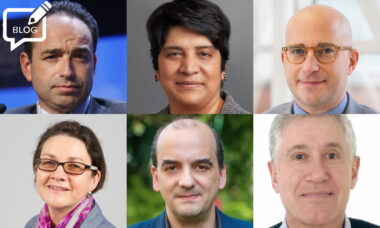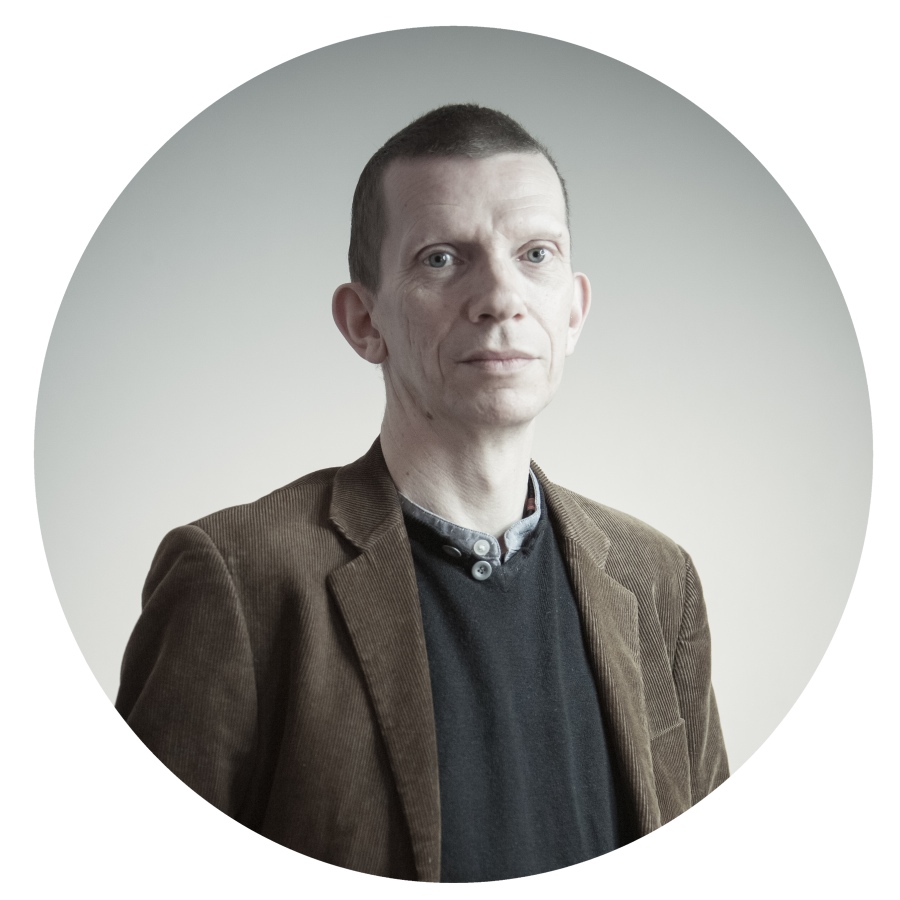 Research into e-cigarettes is dominated by American scientists and a few names emerge as clear leaders in the field, despite the involvement of thousands of scholars over the last decade.
Research into e-cigarettes is dominated by American scientists and a few names emerge as clear leaders in the field, despite the involvement of thousands of scholars over the last decade.
Those are among the lessons taught by an intriguing new analysis of published research which sought, among other things, to identify where it comes from, who authors it, and who publishes it. The study, “Mapping of global research on electronic cigarettes: a bibliometric analysis”, has been published in the journal Frontiers in Public Health and was conducted by Xuechao Li of Shaanxi University of Chinese Medicine, Xianyang, along with several co-authors.
It found that between the years 2000 and 2021 there were just under 8,000 published items of scientific research covering e-cigarettes, with 20,000 authors, although unsurprisingly they were overwhelmingly post-2014.
The US dominates by producing nearly 60% of that work, followed distantly by the UK (10%) and then Canada and Australia. The most productive institution was the University of California San Francisco, with King’s College London and the University of Waterloo in Canada being the only non-US institutions in the top ten – although UK journals actually published the most (nominally UK journals, at least; it’s not like they’re intensely parochial).
Top authors
Nicotine & Tobacco Research was not only the journal with the most published papers but also the most cited one.
The biggest surprise comes in the list of top authors: the first five in terms of productivity were Thomas Eissenberg, Maciej Goniewicz, Ann McNeill, Suchitra Krishnan-Sarin and K. Michael Cummings, who – while all prominent – are not the most high-profile.
There was much more correlation between fame and citations (the researchers say “co-citations” but from the context I think they simply mean citations): here the top scorers were Konstantinos Farsalinos, Goniewicz again, Jean-Francois Etter, Peter Hajek and Riccardo Polosa.
And what have they all been studying? “The main research domains in this field were the prevalence, awareness, reasons for using e-cigarettes; e-cigarettes use for tobacco harm reduction; exposure in the population; and the relationship between e-cigarettes and tobacco and nicotine,” said the researchers, while the most commonly used keywords were “electronic cigarettes, smoking, tobacco, nicotine, smoking cessation, the United States, and…” – of course – “adolescents”.
– Barnaby Page ECigIntelligence staff






